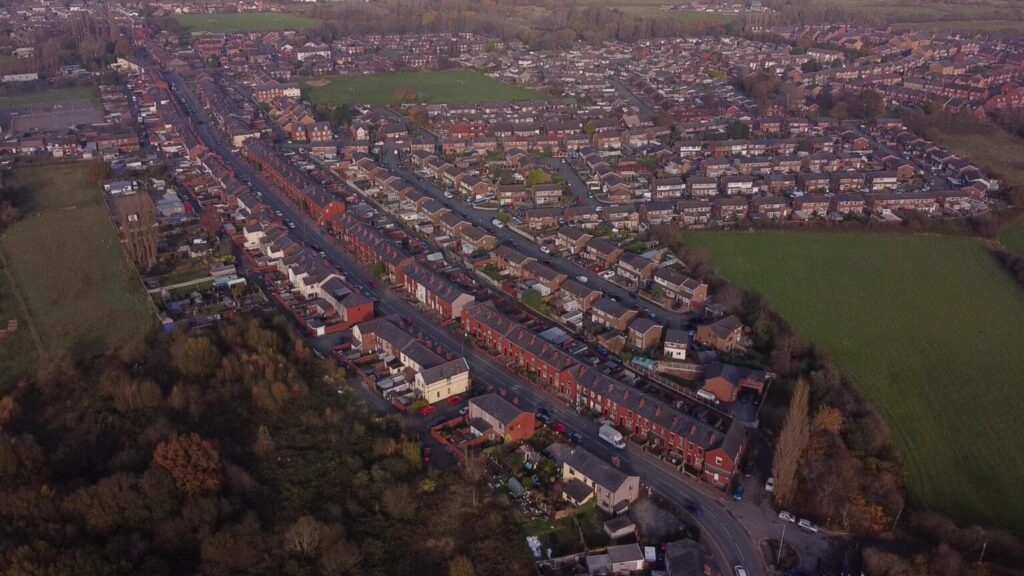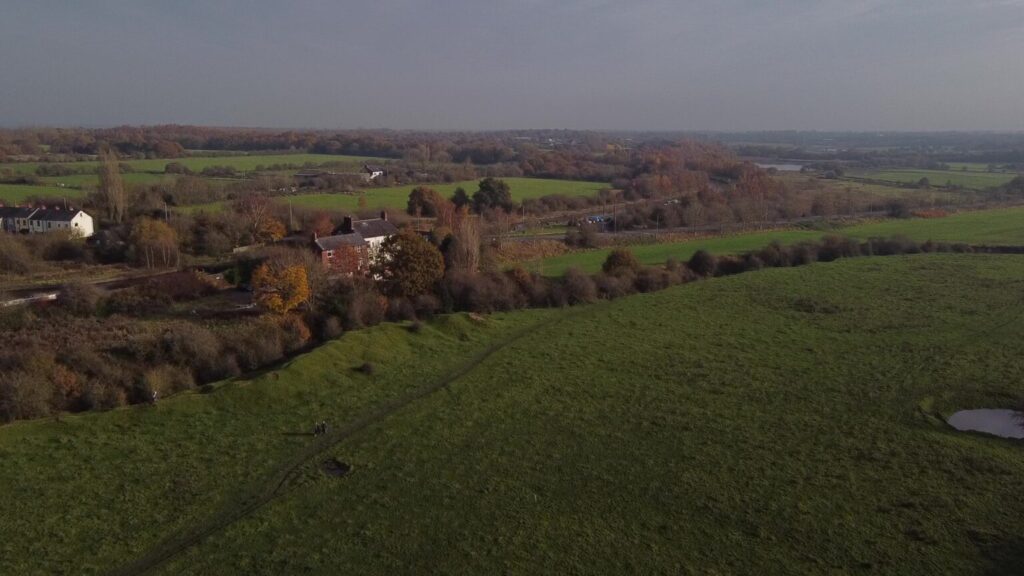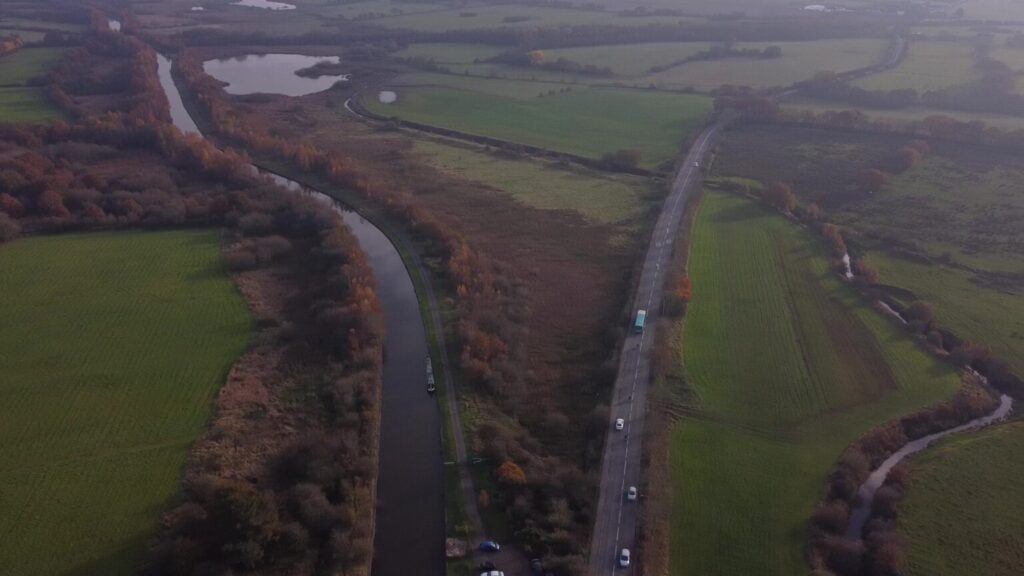The urbanisation and development of Abram largely coincided with the Industrial Revolution. Abram is at the centre of a coal district, and industrial scale coal mining was introduced to Abram around the middle of the 19th century with the opening of several collieries. In 1911, Abram was described as “distinctly unpicturesque … trees are in the minority and stunted and blackened with smoke with collieries, pit-banks and railway lines as well as much pasture land”. The Maypole Colliery Disaster in 1908 resulted in 75 deaths and profoundly changed the character of the village.
Abram’s coal mining industry declined in the mid-20th century, but the village has continued to grow due to its location between Leigh, Manchester, Warrington, and Wigan.



To the south of the village lies Abram Flashes, a 39’6 hectare area of shallow wetlands, also containing Sites of Special Scientific Interest. Abram has historic associations with traditional Morris Dancing.
1st Abram Scouts has been involved in the Abram community since early in the group’s life with attendance at various parades and walking days. Including the traditional ‘Bob A Job’, of yesteryears.
Now, the group solidifies it’s place with the village through the annual Remembrance Parade, and other projects within the community.










